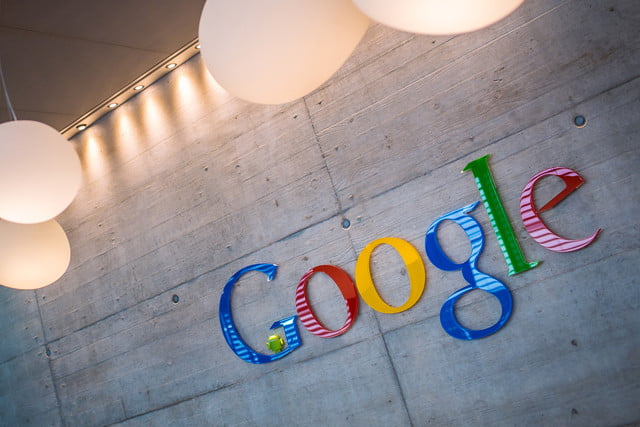

Experimental enthusiasts can keep several projects running in the app, and with tools like an accelerometer, a light and sound meter, and a microphone (all the sensors already present in your Android or iOS device), there’s really no end in sight to the types of projects you could explore.
But after releasing the app last year, Google heard some helpful feedback from educators. Teachers indicated that the app would be even more useful if you could record findings and make specific observations for science experiments.
In the new version, each experiment is now a blank page that can be filled with notes and photos. There’s also three new sensors to play with and the ability to take a snapshot of your sensor data at any moment. In the future, there will also be new note-taking tools to help enhance the types of observations you can record.

The app certainly appears to help budding scientists keep track of their projects, by allowing them to keep all of their important information in one place or even setting reminders for next steps.
In partnership with the California Academy of Sciences, Science Buddies, and the New York Hall of Science, Google has released over 20 new activites within the app. You’ll now be able to try measuring the motion of a bicycle or attaching your phone to a spring. In the upcoming months, there will be additional features and updates to the app.
Thus far, the public seems pretty impressed with the free (it doesn’t cost a dime for you to explore your love of science) app, with an average rating on the Google Play Store of 4.6. So if you’re looking for a “tool for doing science with your smartphone,” look no further than Science Journal.
Update: Google redesigns Science Journal as a digital science notebook, available for iOS and Android
Editors' Recommendations
- I compared Google and Samsung’s AI photo-editing tools. It’s not even close
- The 6 biggest announcements we expect from Google I/O 2024
- This Google Pixel 8a leak just spoiled everything about the phone
- Google Messages vs. Samsung Messages: Which app should you use?
- The 1Password Android app just got a huge upgrade


